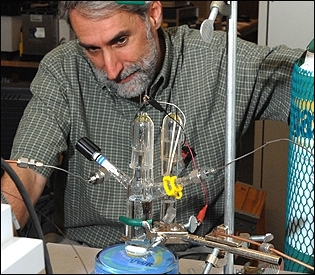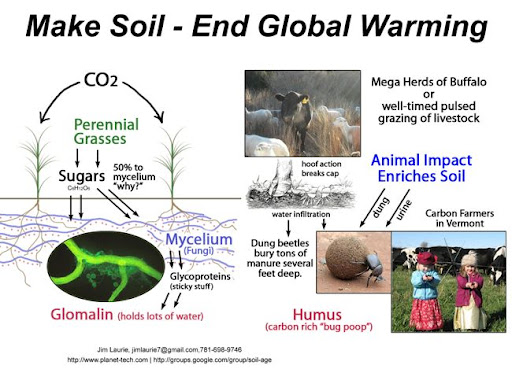You are here
Sun Catalytix

We all know that solar cells generate electricity from the sun; but the nagging question for the modern era is how to store that energy when it isn't needed. Putting it into batteries or using it to pump water uphill are both dreadfully inefficient. However, a more elegant solution may be at hand. Inspired by the photosynthesis performed by plants, Professor Nocera of MIT has developed a process that allows water to be more efficiently split into its elements, oxygen and hydrogen, the latter of which can then be used as a zero-emission fuel on site. The vision is to combine this system with household solar panels in order to store excess solar energy. Every house would be it's own hydrogen generating facility, using only water and the sun. It may be the Eureka discovery that proponents of the "hydrogen economy" have been waiting for. The basic technical breakthrough is an improved catalyst for the electrolysis process. Professor Nocera has started Sun Catalytix with a $700,000 investment from Polaris Ventures.
Inspired by the photosynthesis performed by plants, Nocera and Matthew Kanan, a postdoctoral fellow in Nocera's lab, have developed an unprecedented process that will allow the sun's energy to be used to split water into hydrogen and oxygen gases. Later, the oxygen and hydrogen may be recombined inside a fuel cell, creating carbon-free electricity to power your house or your electric car, day or night.
The key component in Nocera and Kanan's new process is a new catalyst that produces oxygen gas from water; another catalyst produces valuable hydrogen gas. The new catalyst consists of cobalt metal, phosphate and an electrode, placed in water. When electricity -- whether from a photovoltaic cell, a wind turbine or any other source -- runs through the electrode, the cobalt and phosphate form a thin film on the electrode, and oxygen gas is produced. Combined with another catalyst, such as platinum, that can produce hydrogen gas from water, the system can duplicate the water splitting reaction that occurs during photosynthesis.
The new company is racing to commercialize this new technology and find a cheaper alternative to the platinum utilized in the process.
Sun Catalytix
200 Technology Square
Cambridge, MA 02139
http://www.suncatalytix.com/
Yes. MIT photo. Attribution given. Made many requests without reply. - s
- Log in to post comments



